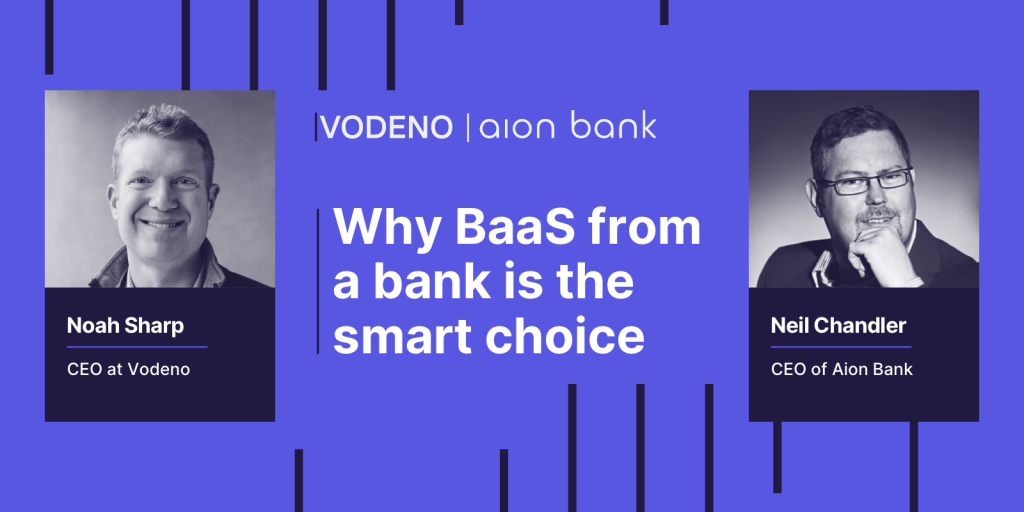Entrepreneurs are powering two of the biggest current consumer trends, the gig and the online marketplace economies.
By 2025, the European Commission expects some 43 million people in the EU to be working through digital labour platforms, an increase from around 28 million today in the online marketplace.
Additionally, online marketplace spending is predicted to reach $2 trillion by 2025. This shift in consumer spending is changing the power dynamic between vendors and the platforms they transact through – today, platforms need to offer value-added services in order to help vendors grow their business and online business, and, in turn, keep the best ones loyal to them.
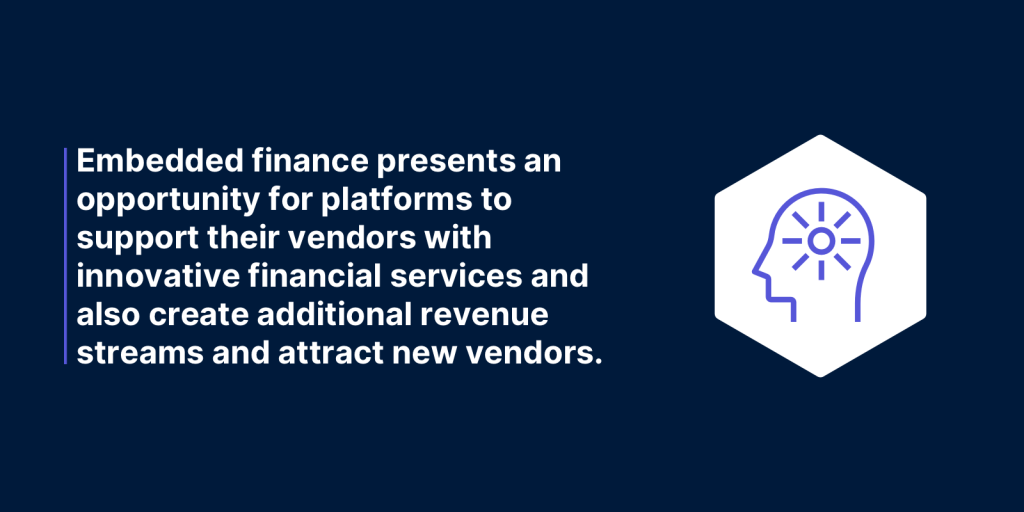
Here, embedded finance presents an opportunity for platforms to support their vendors with innovative financial services and also create additional revenue streams and attract new vendors.
As we have seen in the retail sector, brands are offering banking products that either complement their existing offering – such as a retailer offering Buy Now Pay Later (BNPL) – or bring new value-added benefits, like a football club offering a debit card with cashback and loyalty schemes.
The addition of these products and services drive conversion and size of shopping basket and increase repeat visits and engagement.
Similarly, online marketplaces are particularly well placed to benefit; here are the most promising embedded finance opportunities for marketplaces looking to gain a competitive advantage.
5 Promising embedded finance opportunities for marketplaces
1. Merchant financing
It is no great secret that many smaller vendors and SMEs face more challenges accessing credit vs larger organisations. Data from UK Finance shows that the demand for financing from SME retailers is high, with applications for cash flow climbing at a greater rate than before the pandemic.
Banking-as-a-Service (BaaS) providers have seized this opportunity to make this process faster and easier in the form of merchant financing.
How Open Banking and BaaS are Enabling Innovation.
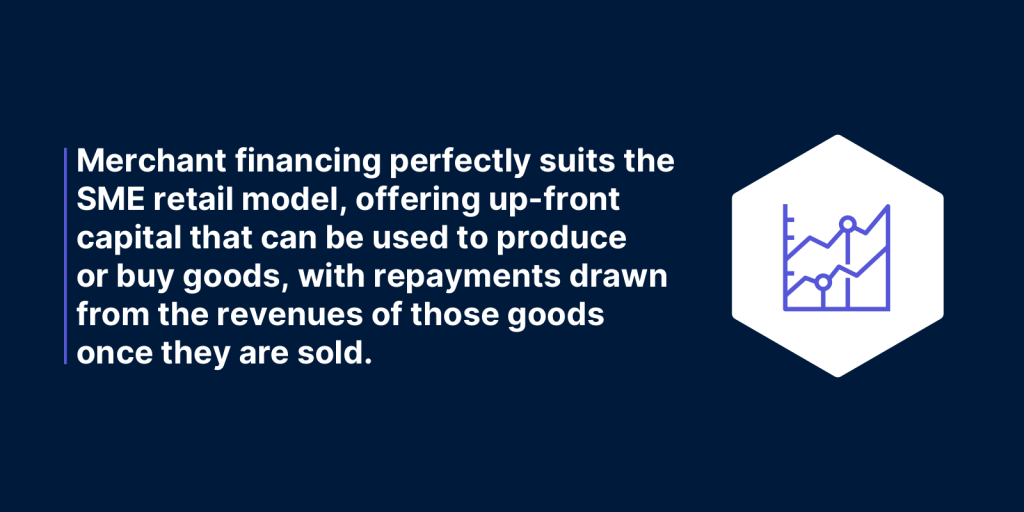
Merchant financing is a lending solution that perfectly suits the SME retail model, offering up-front capital that can be used to produce or buy goods, with repayments drawn from the revenues of those goods once they are sold.
This flexible repayment plan suits the irregular cash flow streams of smaller retailers better than conventional financing, with the added benefit that credit limits are based on turnover history. The ability to easily access credit combined with the flexibility to repay through revenues is invaluable to SME retailers.
One great example is eBay UK which recently launched its finance program, Capital for eBay Business Sellers (CEBS), to help small businesses get access to financing. CEBS offers a connection to financing to support the more than 300,000 small and medium sized businesses that sell via the UK platform to 29 million active monthly buyers.
Marketplaces like eBay that embed this service into their offering allow their vendors to grow their business, and it also creates long-term brand affinity and stickiness.
2. Cashflow and budget management
Most vendors selling their products and services in marketplaces and online marketplaces will know that orders are not always consistent. Certain goods will have seasonal appeal, while others will see peaks and troughs in demand.
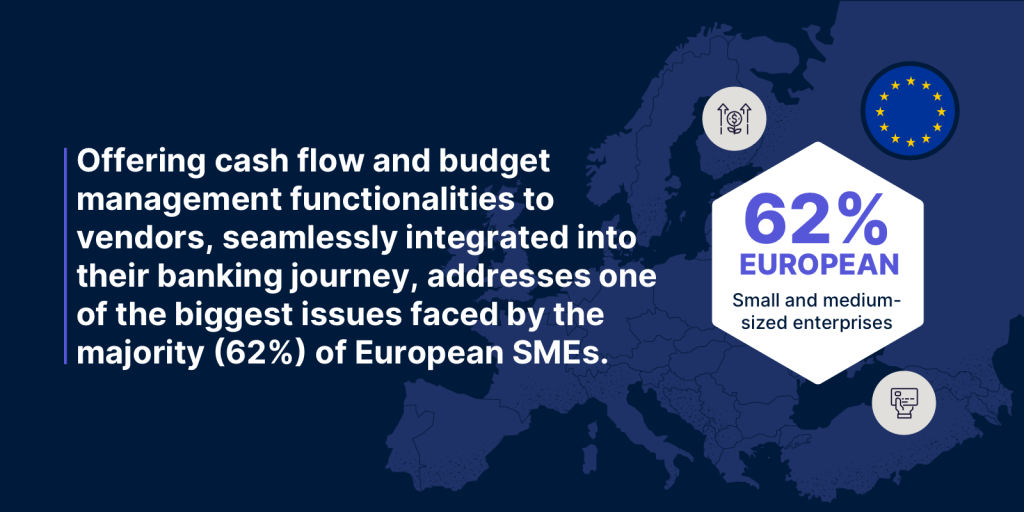
Inconsistent orders mean cash flow can be unpredictable. Our recent research revealed that cash flow management is one of the biggest issues faced by the majority (62%) of European SMEs, underscoring an urgent business requirement.
Offering cash flow and budget management functionalities to vendors, seamlessly integrated into their banking journey, can provide a helping hand.
By taking ownership of the banking relationship with vendors, marketplaces and online marketplaces can gain access to crucial data insights regarding transaction history and provide a consolidated view of cash flow from one simple destination.
While this feature may not be widely available on eCommerce business marketplaces just yet, integrated cash flow management presents the potential to give a real competitive advantage to vendors. Crucially, it allows platforms to simplify the operational issues small businesses face by creating a one-stop-shop destination – transaction and payment combined with banking services and valuable insights.
3. Digital wallets
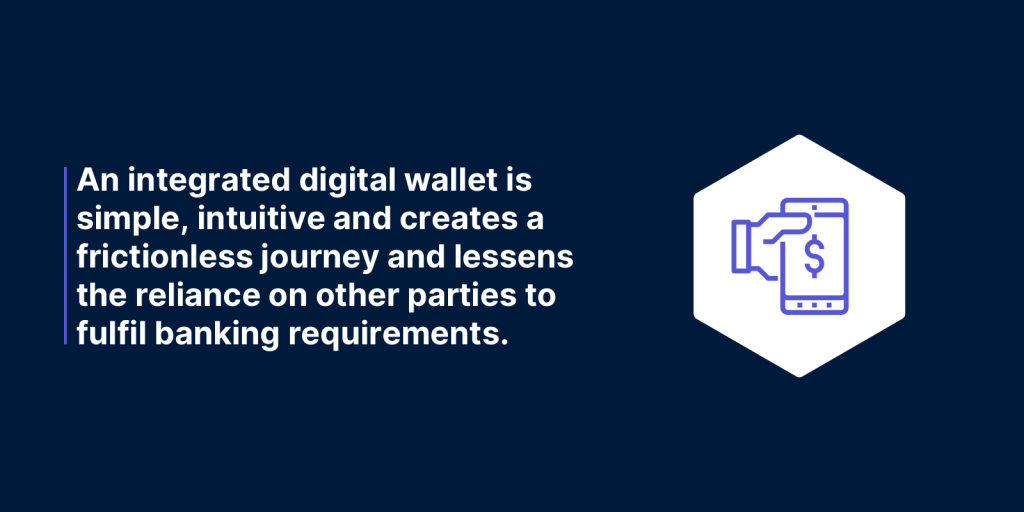
An integrated digital wallet is one of the simplest and most intuitive products that platforms can offer to vendors – this creates a frictionless journey and lessens the reliance on other parties to fulfil banking requirements.
Uber is a great example of this technology in practice. Today, drivers can use Bolt, Gett, Uber, Lyft and many more to find rides. Uber understands that drivers have a choice, so they launched Uber cards and a digital wallet to get their drivers paid fast.
Typically, drivers either wait for weekly payments or cash out using a feature called Instant Pay. Now, drivers and other freelance workers like Uber Eats couriers will have real-time access to their earnings after every trip through the Uber Debit account.
Uber also offers drivers who sign up for the debit card cash back on gas starting at 3 percent and up to 6 percent for the highest tier of Uber Pro drivers.
The digital wallet allows drivers to easily track their earning and spending history, manage and move their money. These financial products cut through the friction of getting paid and offer additional loyalty benefits that will drive more brand engagement.
4. Investments
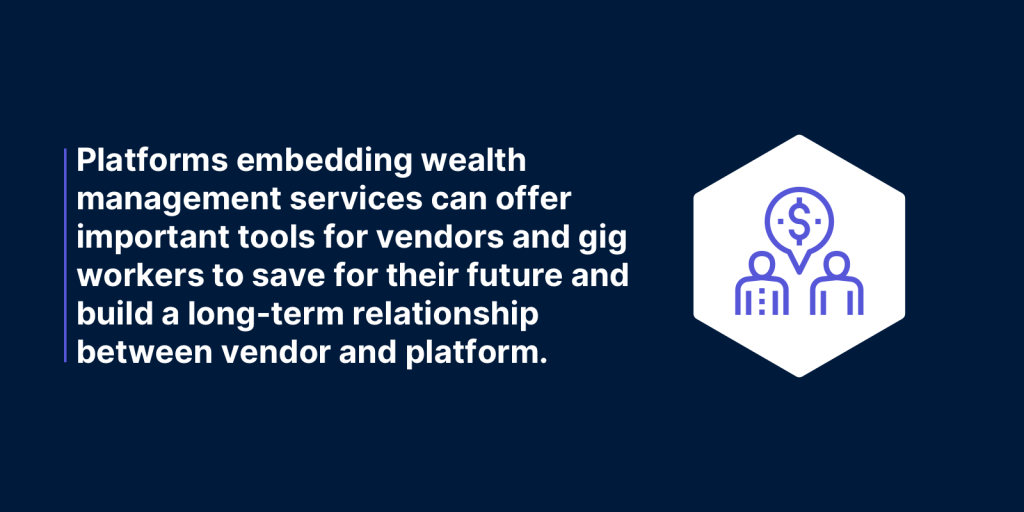
44% of Gig-workers aren’t saving for retirement. If platforms embed wealth management services, they can offer important tools for vendors and gig workers to save for their future. It also builds a long-term relationship between vendor and platform.
We recently partnered with German fintech, UnitPlus, to launch the world’s first ETF investment product with a seamlessly integrated payment function. This product makes it possible to access investments and also ‘pay with your portfolio’ via the UnitPlus debit card.
This is the first time ETF portfolios are being integrated into the international payment space, and this gives UnitPlus users access to a very convenient investment solution with money available to use anytime, making it tailored to their investing and spending needs.
Product innovation like this could be a powerful addition to any marketplace or platform.
5. Onboarding
Opening a business bank account with a traditional bank can be a lengthy – oftentimes in-person – process involving an ID, possibly a legal entity, proof of tax clearance, etc.
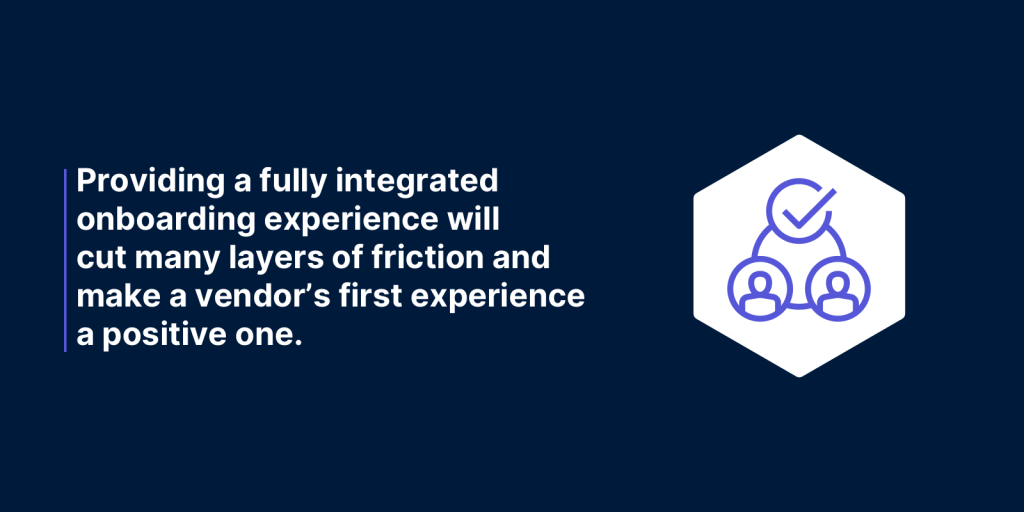
If a platform can provide a fully integrated onboarding experience that seamlessly allows new vendors to join and create a bank account with them, not only will many layers of friction be cut out of the process, but the vendor’s first experience will be a positive one.
BaaS can make this possible – providers with API-based technology, the necessary licence, KYC and compliance expertise can authenticate the business, open an account with the platform and, at the same time, get a bank account.
The vendor journey
For any marketplaces, online marketplaces or gig economy platform, vendors are their bread and butter – without vendors, they have no inventory to sell. Additionally, the best vendors will also attract the best customers.
By integrating financial services into the vendor journey, the platform creates value added services that help vendors grow their business, which in turn, generates more loyalty and stickiness to the platform.
The platform also retains and attracts the best vendors, which attracts the best products, which attracts the best customers…this creates a virtuous circle between platform, vendor and customer.
As vendors expand their business, so do the platforms.
With the right BaaS provider, marketplaces have access to the technology and banking expertise to easily, quickly and cost-effectively embed financial services.
Final Thoughts
Embedded finance is revolutionising marketplaces by providing innovative financial services that support vendors and create new revenue streams. By offering merchant financing, cash flow management, digital wallets, investment options, and seamless onboarding, marketplaces can enhance the vendor journey, foster loyalty, and attract the best vendors and customers. With the right banking-as-a-service provider, marketplaces have the tools to easily embed financial services and drive their own growth in the ever-evolving digital economy. Embedded finance is a game-changer for marketplaces, transforming the way they operate and adding significant value to their ecosystem.



